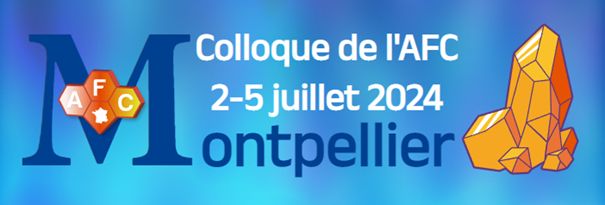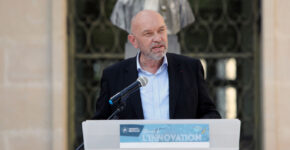Symposium of the French Association of Crystallography
This event is over!
The biennial national symposium of the Association Française de Cristallographie will be held this year at the Corum in Montpellier from July 2 to 5. It will bring together 250 scientists involved in crystallography. These scientists, mostly from the ranks of biologists, geologists, chemists and physicists, create, study or use crystals in their research work to probe correlations between atomic structure and properties or functions. The local organizing committee is representative of this community, with eight members from 7 Montpellier laboratories (LPHI, Géosciences, ICGM, CBS, IEM, IGF and L2C). This symposium is the largest gathering of researchers and engineers working in the field of crystallography in France.

The primary aim of the colloquium is to create a privileged opportunity to establish new contacts, set up new collaborations and strengthen links between players in the crystallography community. The symposium is organized around 14 micro-symposia, 4 plenary lectures, lectures by the Prix Guinier winner, thesis prize winners, and a lecture by an external (foreign) organization.
A second objective is to bring together young researchers, post-docs and PhD students on the eve of the colloquium for a satellite day entitled Faire vivre la cristallographie: industrie, recherche et enseignement (Bringing crystallography to life: industry, research and teaching), which focuses in particular on the interactions between private academic research and the crucial role of in-house teaching.
The third objective will be to reach out to the general public: the highlight of the symposium will be a conference open to all, dedicated to Jacques Curie, Pierre Curie's brother and Marie Curie's brother-in-law. He was a professor at the University of Montpellier, but seems to be absent from the collective memory. Yet he was co-discoverer - with Pierre - of the piezoelectric effect on quartz crystals, an effect that is still used today in many everyday objects.
Receive a weekly summary of the UM agenda
* By entering your e-mail address you agree to receive the weekly UM agenda summary by e-mail and you acknowledge our privacy policy. You can unsubscribe at any time using the unsubscribe link or by contacting us by e-mail.
